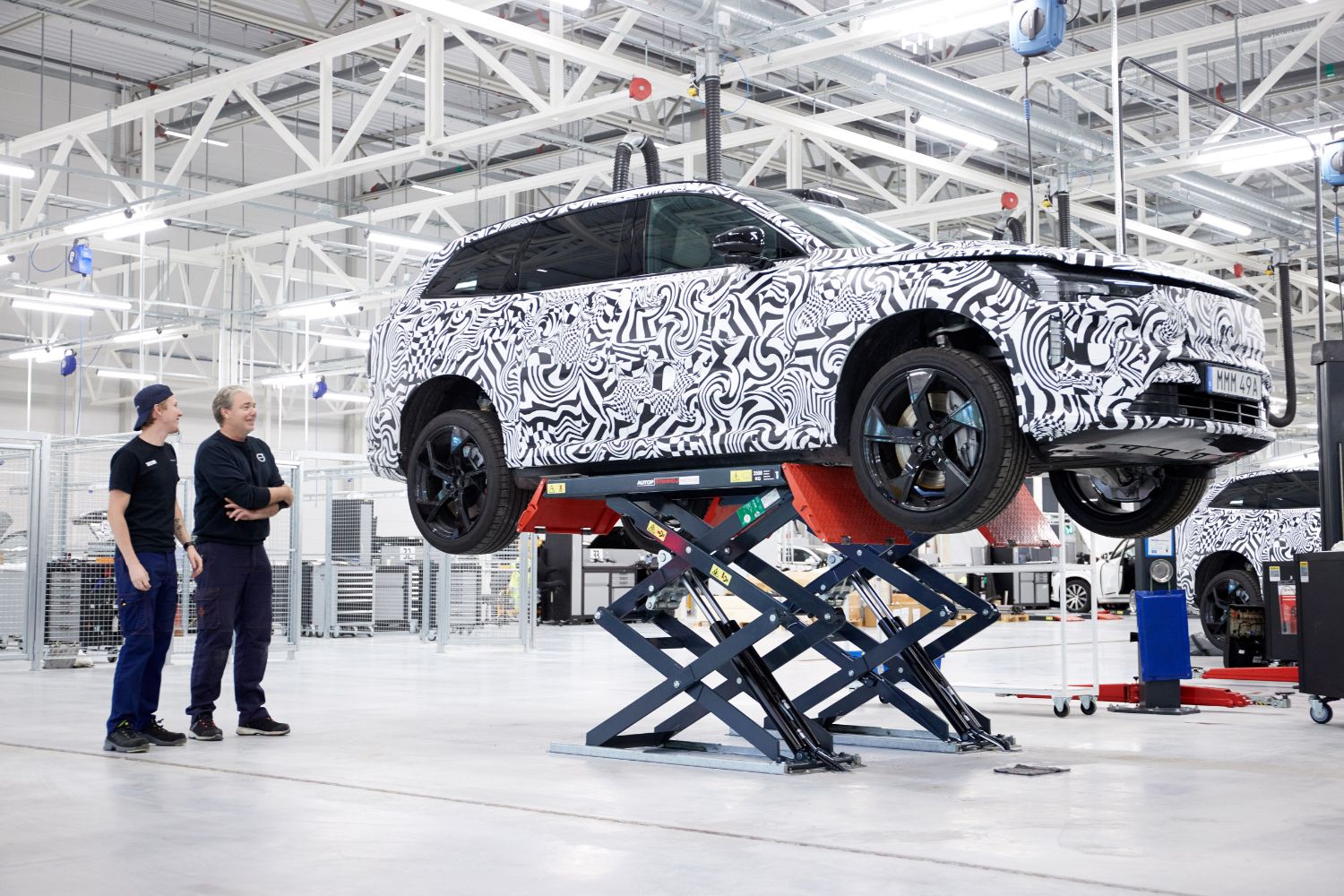Volvo has said that it's pressing ahead with plans to reduce its CO2 emissions and pollution from making cars, and that it's focusing on biodiversity as much as it is designing new electric motors.
The Chinese-owned Swedish car maker says that for a start, by 2025, it aims to have 100 per cent of its debt linked to its Green Financing Framework or in a sustainability-linked format.
New climate goals
It's also setting new climate-friendly goals for 2030 and 2040. Those include reducing its CO2 emissions per car built by 75 per cent, compared to 2018 levels; reducing its energy usage by 40 per cent, again compared to 2018; ensuring that at least 35 per cent of every new car is made up of recycled materials; reduce its water consumption by 50 per cent per car, compared to 2018; and make sure that at least 99 per cent of all waste from all operations is recycled or re-used.
"Taking actions to combat climate change is non-negotiable and going fully electric is an important step on our pioneering journey," said Jim Rowan, CEO of Volvo Cars. "As we move to further reduce emissions throughout our value chain, we have a responsibility to do more and address our biodiversity footprint as well as help improve people's lives. Our updated strategy has been designed to help us do just that."
Reduction in CO2
Volvo says that since 2019 and the release of its initial sustainability strategy, the company has made a great deal of progress. For example, 69 per cent of company operations are now powered by climate-neutral energy, compared to 55 per cent in 2019, and 100 per cent climate neutral electricity is now used across its manufacturing plants globally, compared to 80 per cent in 2019. Additionally, Volvo Cars has reduced its CO2 emissions per car by 19 per cent since 2018.
By 2040, Volvo has said that it wants to reach zero greenhouse gas emissions. "This expands upon our previous ambitions of being climate neutral by 2040, and clarifies the company's intention to use carbon removals only to mitigate any unavoidable emissions. The company's first priority remains to reduce real emissions before turning to carbon removals, and encourages its suppliers to do the same," said a Volvo spokesperson.
By 2030, it's planned that every single new car Volvo makes will be a fully-electric model. Recycled material already comprises a larger proportion of materials in newer Volvo cars than ever before. For example, nearly 25 per cent of all aluminium in the Volvo EX30 is recycled, while approximately 17 per cent of all steel and plastic in the car comes from recycled sources as well. The company says that it is also striving to ensure that by 2030, 99 per cent of all its waste is either reused or recycled, compared to recycling 94 per cent of global production waste in 2022.
Push for biodiversity
The Swedes are not just looking at reducing waste and emissions, though. Volvo now says that it's focusing on 'biodiversity.' What does that mean? Well, the company conducted an impact assessment using production and sales data from 2021, to estimate its annual biodiversity footprint using the ReCiPe model. "Using the findings as a baseline, Volvo Cars is now setting a long-term ambition to strive to be net positive across its value chain and to contribute to a nature positive future. This will require a mixture of short-term and long-term measures that Volvo Cars is currently developing, such as avoiding and reducing the impacts of its value chain, designing a programme for restoration and conservation activities within ecosystems where it operates and sources from, and working together with supply chain partners to establish awareness on biodiversity issues" said the spokesperson.
Finally, we know all about Volvo's famed safety levels for the drivers and passengers of its vehicles, but what about those who make those vehicles? The answer is that they're pretty safe, too: The company has, for example, taken steps to help protect people by focusing on its injury rate (LTCR). The current injury rate (LTCR) is 0.07, an industry-leading effort, but the goal is to further reduce the workplace injury rate to 0.02 by 2030.

